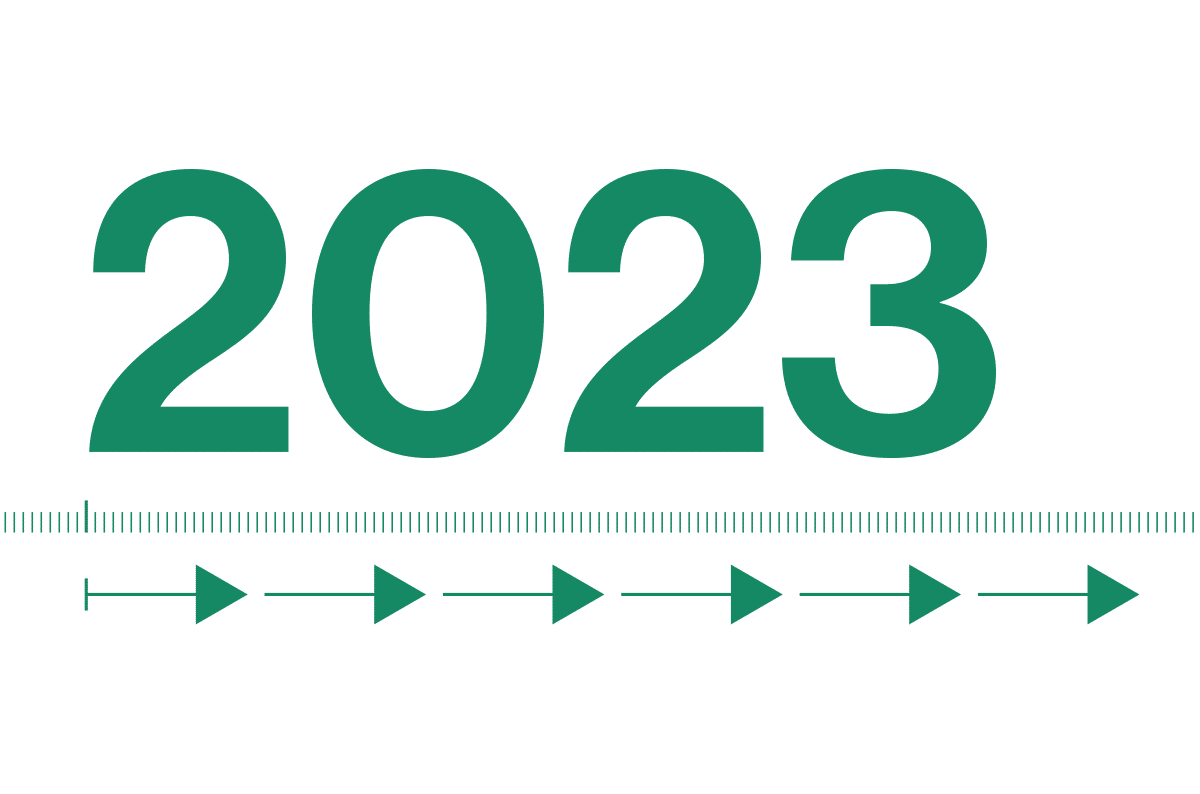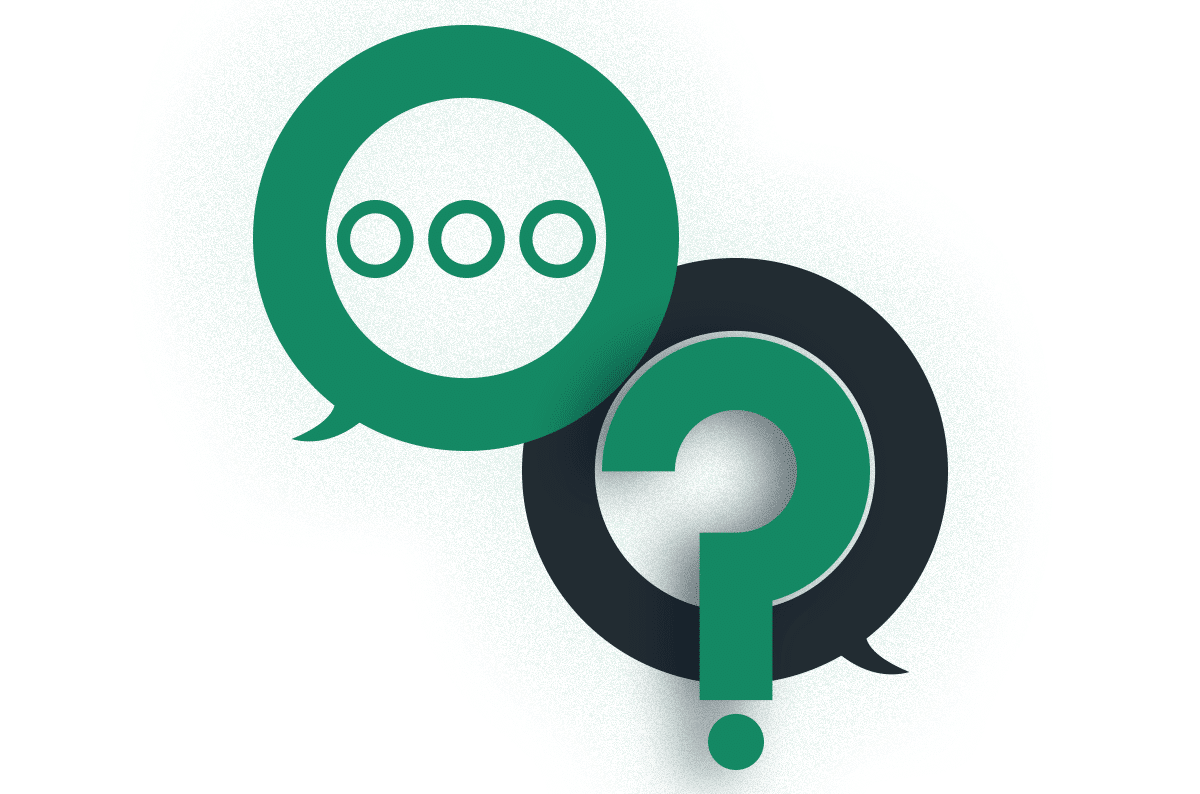The Future of Network Security: Cybersecurity Predictions for 2023 & Beyond

Table of Contents
- 1. #1. Zero Trust Becomes the Starting Point for Security
- 2. #2. Security Simplification Picks Up Steam
- 3. #3. Faster Adoption of SASE
- 4. #4. Expansion of Targeted Ransomware Attacks
- 5. #5. Growing Importance of API Security
- 6. #6. IoT Will See More Cyberattacks
- 7. #7. Cyberattacks Will Increasingly Become Uninsurable
- 8. #8. Cyber Resilience Becomes an Executive Priority
- 9. What These Predictions Mean for Enterprises
|
Listen to post:
Getting your Trinity Audio player ready...
|
With the increased of cloud adoption has come an expansion of the corporate digital attack surface. Cyber criminals are constantly evolving their tools and techniques, creating new threats, and pushing organizations to the brink.
As new trends emerge in both cyber attacks and defenses every year, we have decided to list our predictions for the top network security trends of 2023 and beyond.
#1. Zero Trust Becomes the Starting Point for Security
The goal of zero trust is to eliminate the main culprits of data breaches and other security incidents: implicit trust and excessive permissions. These play a major role in many cyberattacks as cyber criminals gain access to an organization’s network and systems, and expand that reach to exploit resources. Eliminating blind trust and limiting access with the least priviliges necessary to maintain productivity, makes this harder for an attacker to achieve.
Zero trust has gained more momentum in recent years and have become a realistic security focus. An effective zero trust strategy defines granular policies, enforces appropriate access permissions, and delivers more granular control of users on your network.
An effective Zero Trust strategy will protect organizations against many cyber threats, but it is far from a comprehensive solution. Ideally, companies will start with zero trust and then add additional controls to build a fully mature security program. Zero Trust is a journey, so having the right strategy will help smooth and expedite this journey, allowing it to move from a security goal to a security reality.
#2. Security Simplification Picks Up Steam
Every organization’s IT infrastructure and cybersecurity threat landscape is different; however, most companies will face similar challenges. Cyber criminals are more adept at targeting and exploiting weaknesses in networks and applications. SOC analysts suffer from alert overload due to high volumes of false positives. And the expansion of complex, multi-cloud environments introduce new security challenges and increased attack vectors.
Addressing these threats with an array of standalone products is unproductive, unscalable and is an ineffective approach to network security. As a result, companies will increasingly adopt security platforms that offer a converged set of security capabilities in a single architecture, enabling security teams to more effectively secure and protect complex infrastructures.
#3. Faster Adoption of SASE
Digital Transformation is forcing corporate networks to more rapidly evolve away from the complex, inflexible architectures of the past. Cloud adoption, work from anywhere (WFA), BYOD policies, and mobile devices are all making the corporate networking environment more complex and challenging to manage, optimize, secure and scale. Additionally, legacy perimeter-based security architectures have become unsustainable, forcing organizations to decide between reliable network connectivity and complete in-depth security.
As a result, companies will more quickly adopt solutions designed specifically for these modern networks. Such modern networks require a converged, cloud-delivered architecture that is reliable and resilient and grows as their business grows; This can only be achieved with Secure Access Service Edge (SASE).
#4. Expansion of Targeted Ransomware Attacks
Ransomware has proven to be an extremely profitable enterprise for cyber criminals. The secrets sauce of ransomware success is the in-depth research on attack targets – identifying the best attack vector, the most valued resources to attack, and the maximum amount a victim might be willing to pay. So considering that some countries are already in recession and many organizations are pressing to optimmize costs to remain profitable, cyber criminals will identify the weaker, more vulnerable targets and push them to the edge.
In recent years, we have seen healthcare, financial service, and more recently, manufacturing as prime targets for ransomware attacks. We expect to see these and more as attacks expand, exponentially, in 2023 and beyond.
SASE vs. the Upside Down World of Networking and Security | Download the eBook#5. Growing Importance of API Security
Modern applications are designed around APIs, and as such, application security practices depend, tremendously, on API security practices. APIs are designed to allow other programs to automatically request or submit data or perform other actions.
The design of APIs makes them an ideal target for certain types of automated attacks such as credential stuffing, vulnerability scanning, distributed denial-of-service (DDoS) attacks, and others. As cybercriminals increasingly target these APIs, implementing defenses against API-specific attack vectors becomes more crucial for business success.
#6. IoT Will See More Cyberattacks
Internet of Things (IoT) devices are experiencing tremendous growth. The expansion of 5G networks provides fast, high-performance network connectivity, making it possible to deploy these devices everywhere. As these devices mature, they will increasingly be used to collect, process, and store sensitive business data.
However, these devices, while increasingly valuable to many organizations, are at high risk for attack or compromise. A huge threat to IoT devices is that they are always available, making them ideal targets continuous attacks. Often, these devices have weak passwords, unpatched vulnerabilities, and other security issues. As they are increasingly deployed on corporate networks and entrusted with sensitive and valuable data, cyberattacks against them will continue to increase.
#7. Cyberattacks Will Increasingly Become Uninsurable
Cybersecurity insurance is one of the primary ways that organizations manage cybersecurity risk. For some it has also become their default cybersecurity strategy. When these companies suffer a ransomware attack, they expect their insurance provider to pay all costs, including the ransom and the costs of recovery and notifications.
However, the surge in expensive ransomware attacks has caused some insurance providers to explore options in their coverage schemes. This includes placing more requirements on customers to demonstrate improved cyber defenses and compliance with security standards as conditions for acquiring and maintaining an insurance policy. The end result may be limiting coverage parameters, and if attacks continue to grow more common and expensive — which they likely will — eliminating coverage all together.
#8. Cyber Resilience Becomes an Executive Priority
Cybercriminals are increasingly moving toward attacks focused on business disruption. Ransomware attacks deny access to critical company resources. Other notable attacks render corporate systems inaccessible to legitimate users. As a result, companies are compromised as cybercriminals threaten their ability to operate and maintain profitability.
The growing threat of cyberattacks to the business will make cyber resilience a priority for C-level executives. If cyberattacks can bring down the business, investing in preventive solutions that can manage or mitigate these risks makes good strategic and financial sense.
What These Predictions Mean for Enterprises
In 2023, the evolution of the cybersecurity landscape will drive the evolution of corporate security platforms. Legacy security architectures will need to be replaced with solutions designed for the modern, more dynamic IT architecture and rapidly evolving cyber threats.
The Cato SASE Cloud and SSE 360 solutions helps companies implement security architectures that offer holistic, 360-degree protections against the latest cyber threats. To learn how Cato can help your organization improve its network performance and security, sign up for a demo today.













